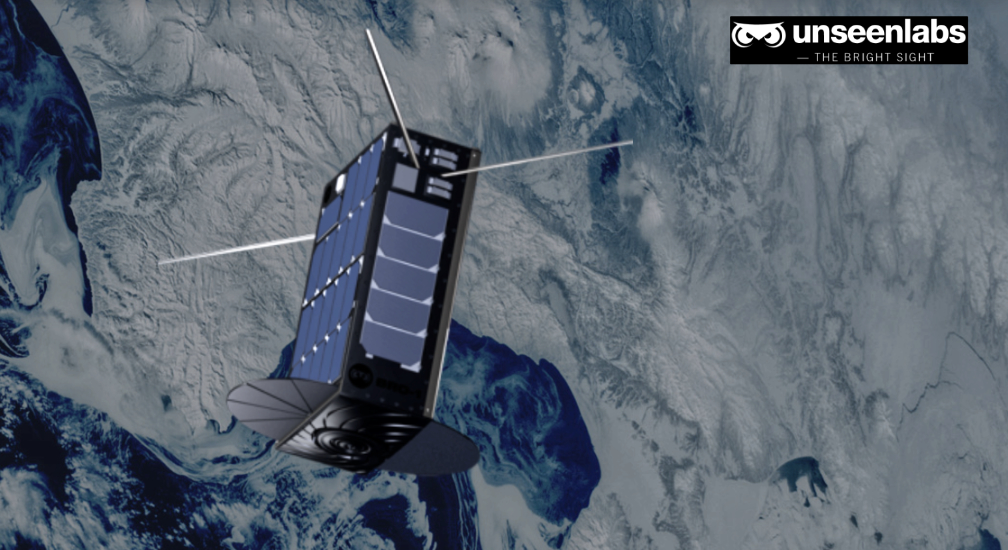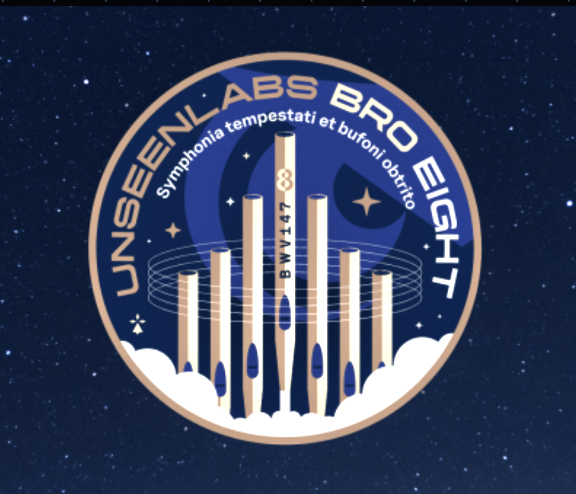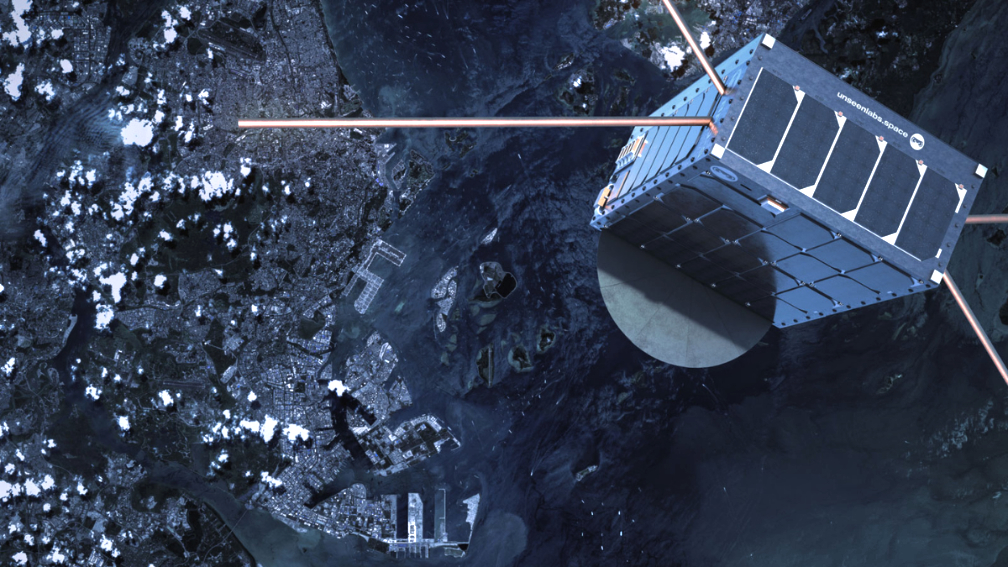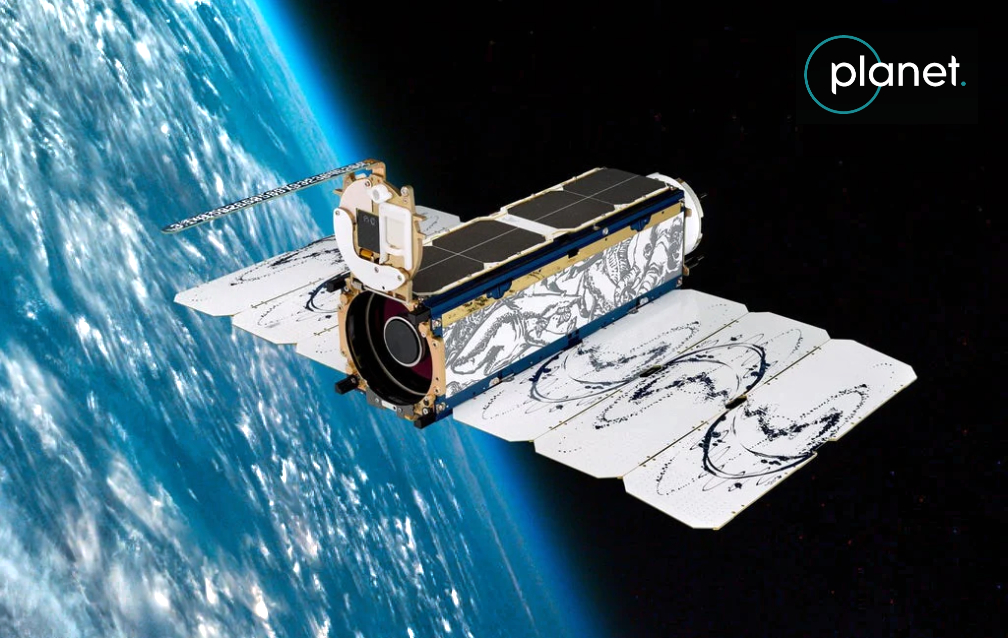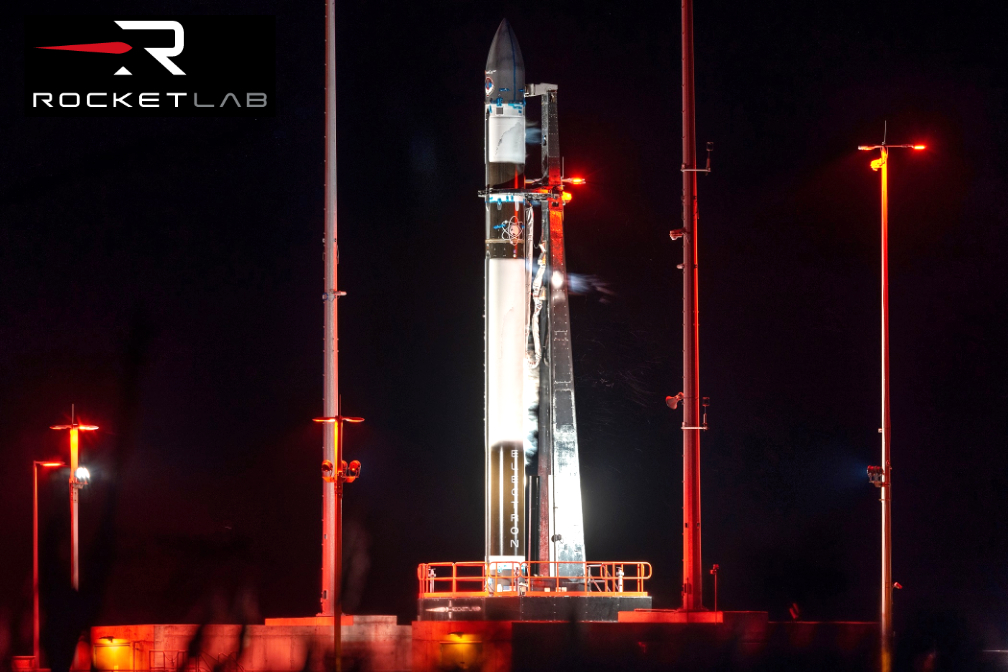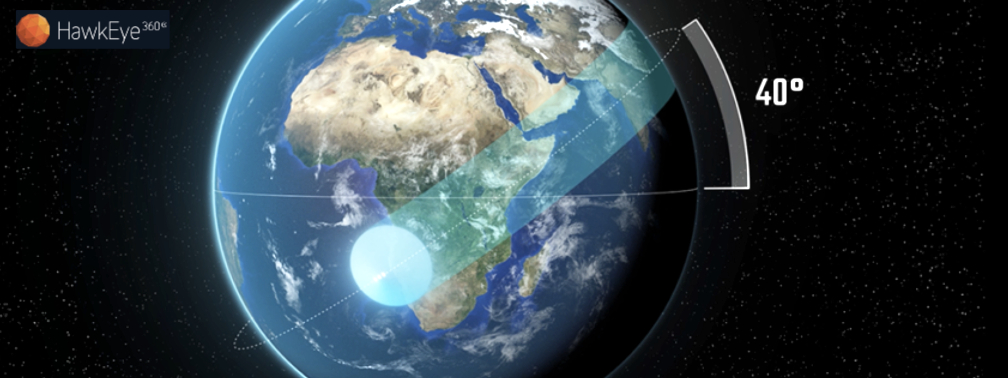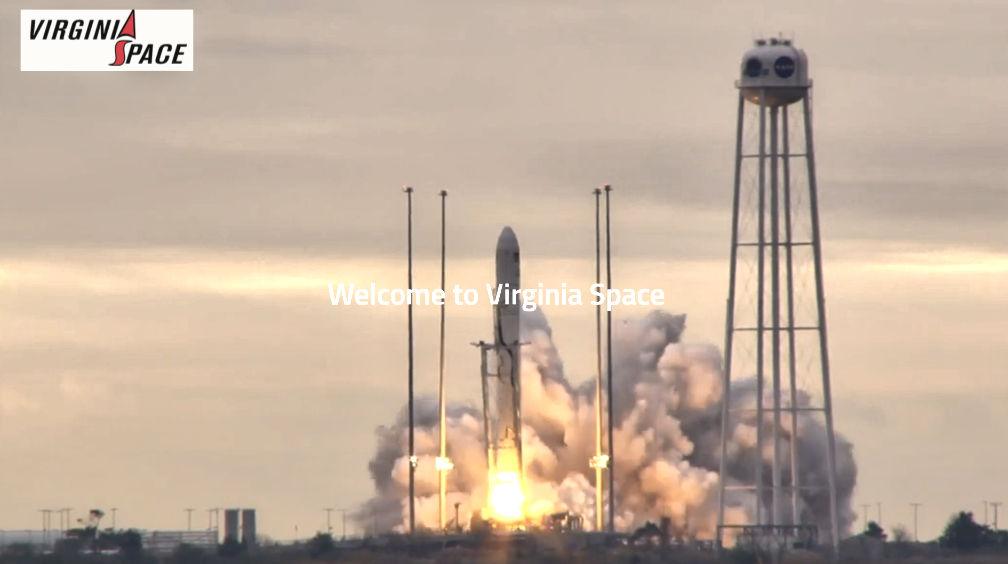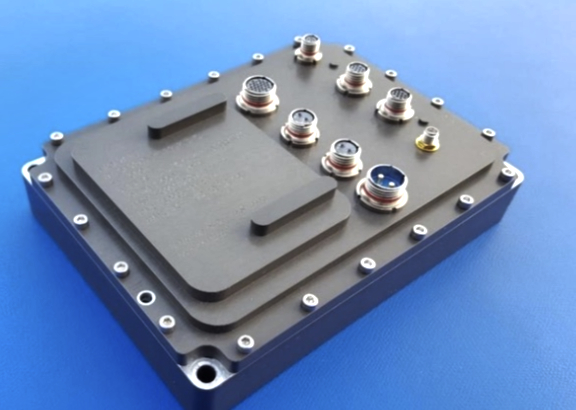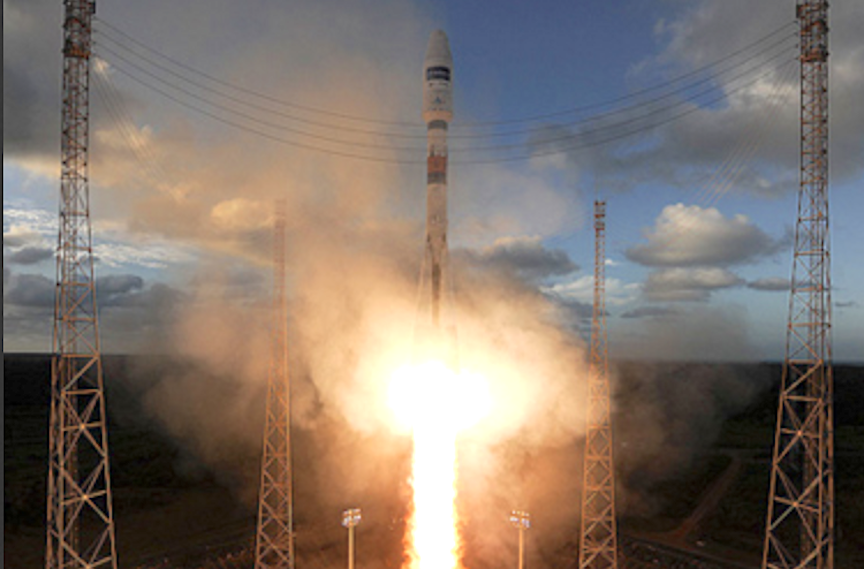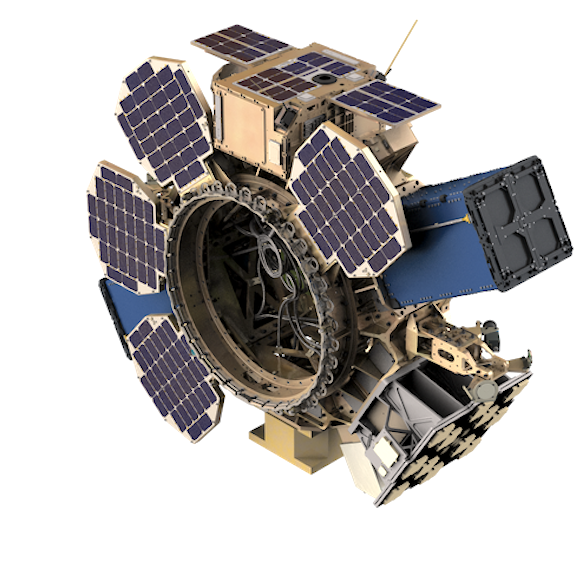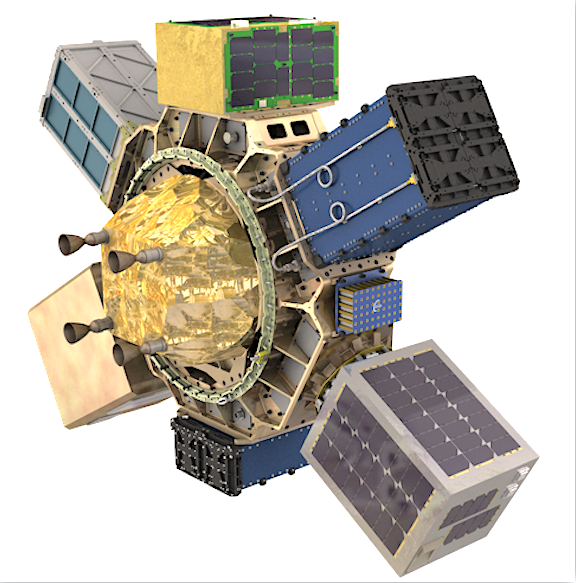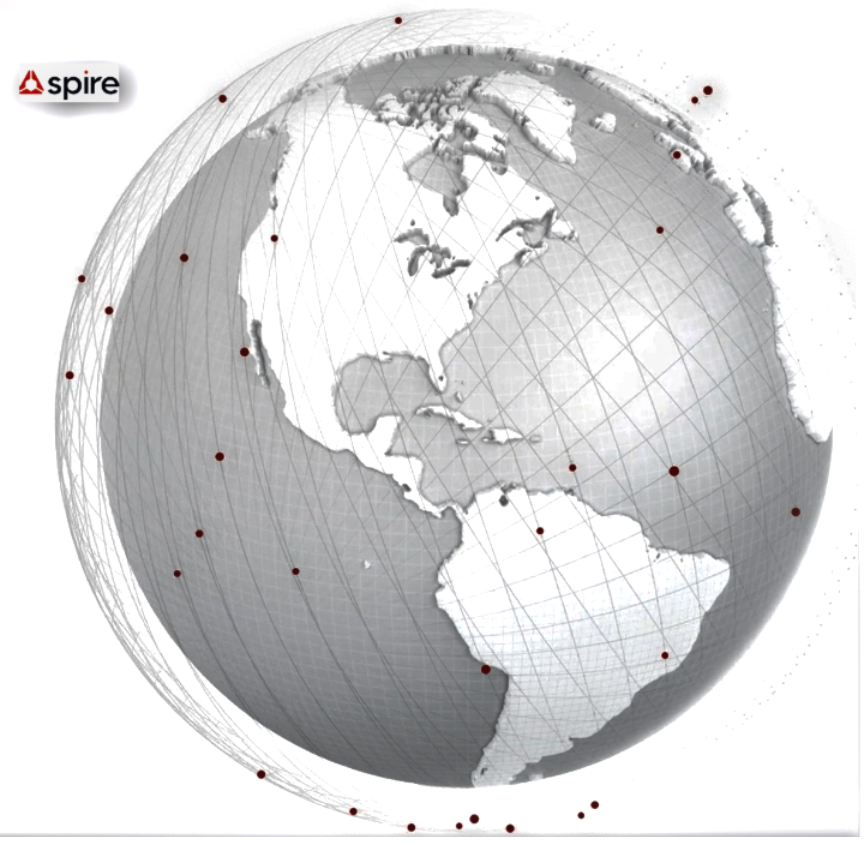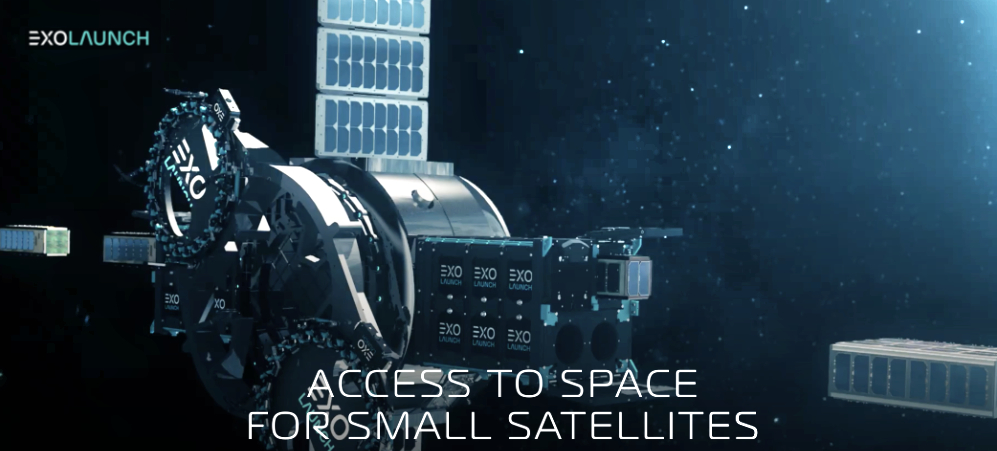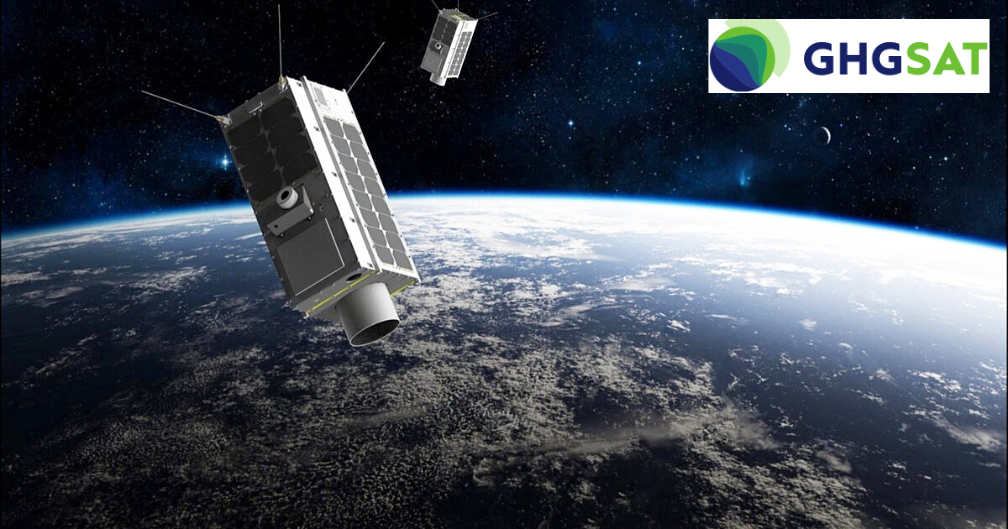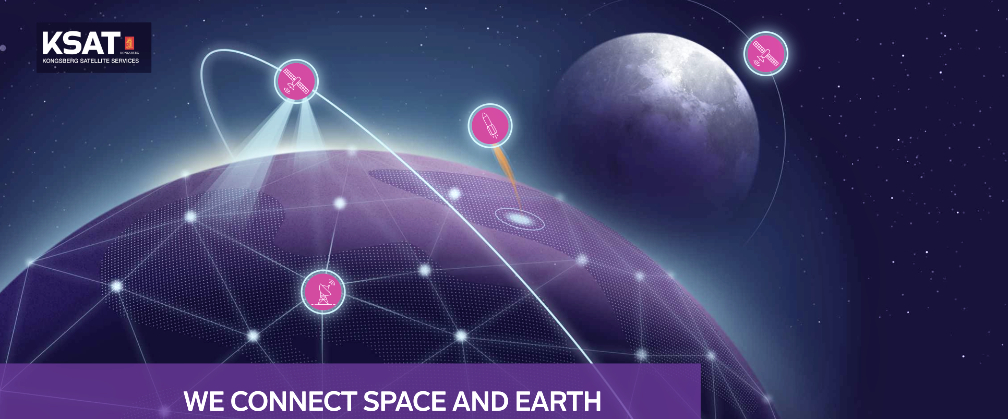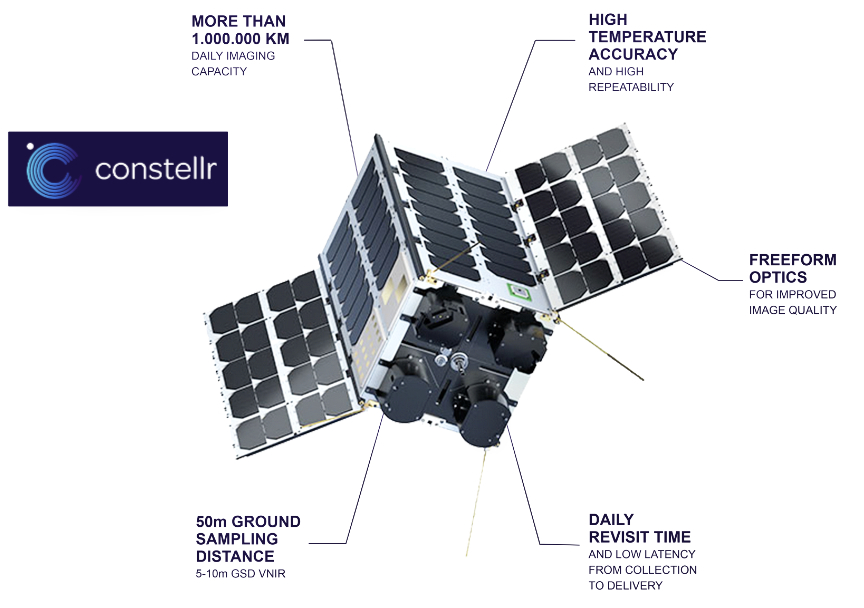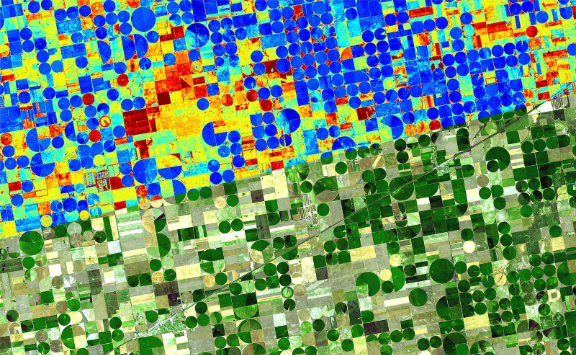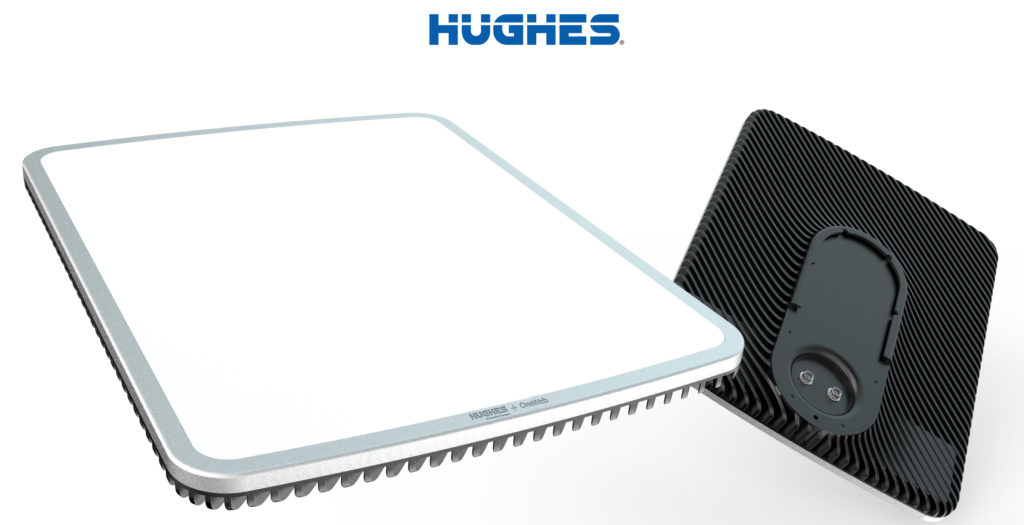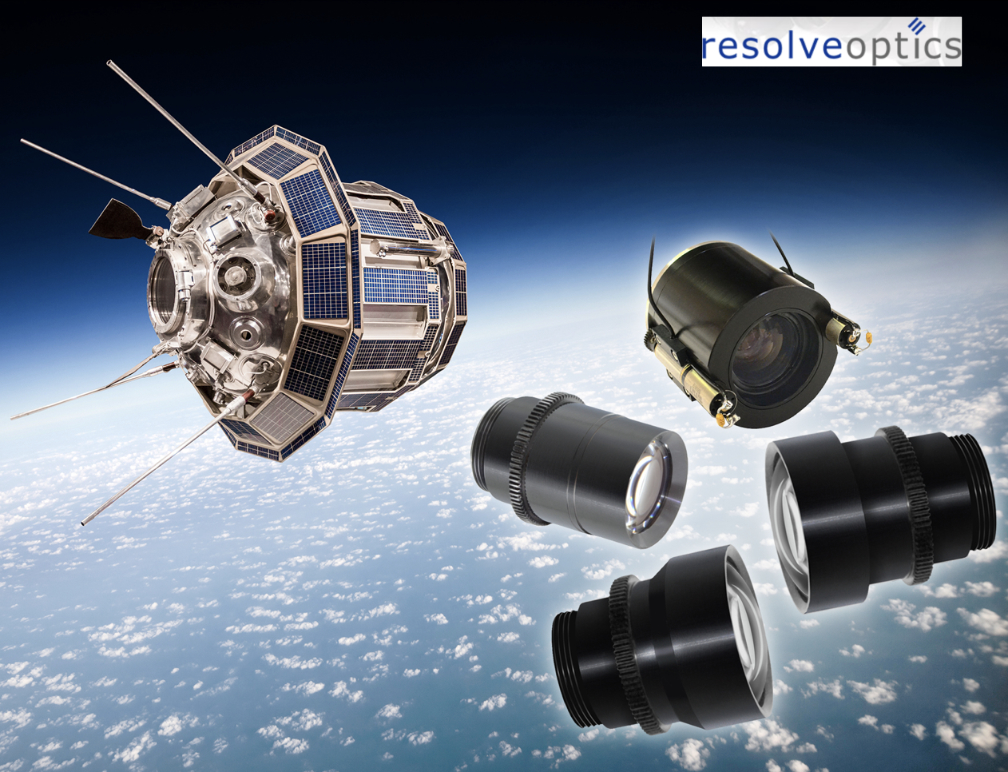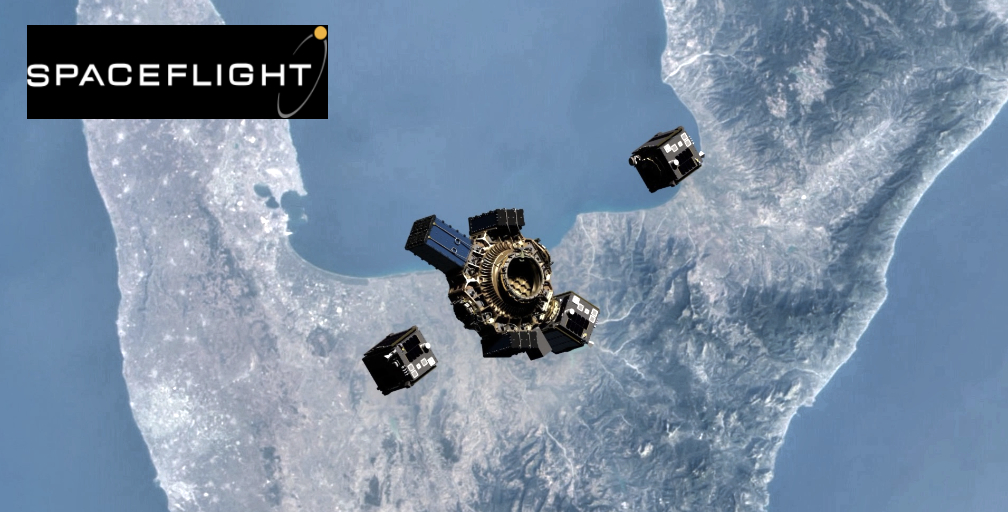
Spaceflight Inc. is preparing the firm’s 10th and final launch of 2022, providing the launch and integration services for Kleos Space’s fourth satellite cluster, Observer, through ISISPACE Group on SpaceX’s Transporter 6 rideshare mission.
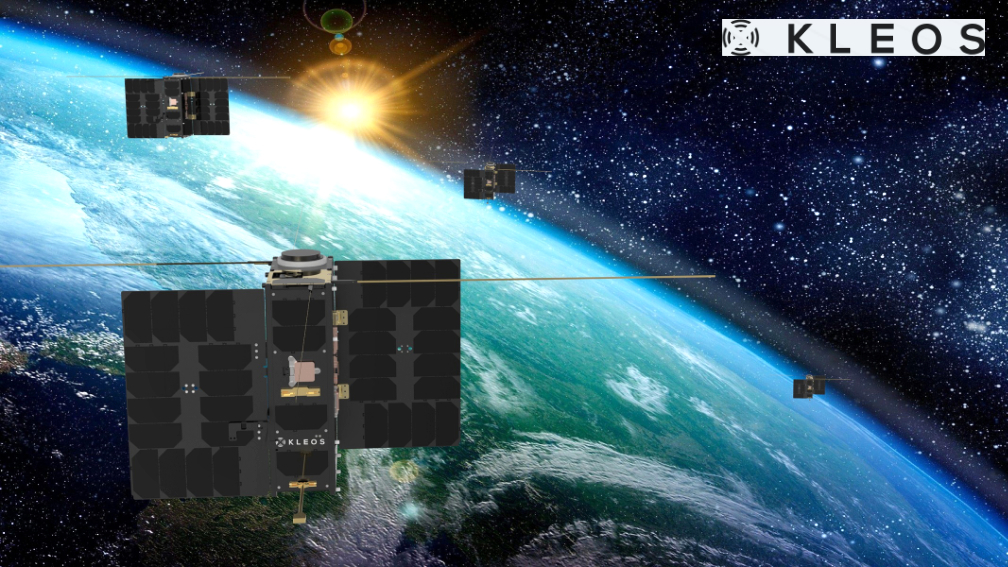
The four Kleos spacecraft are heading to a 525 kilometer SSO aboard a Falcon 9 from Cape Canaveral Space Force Station in Florida. This launch represents Spaceflight’s 55th launch since the company’s inception.
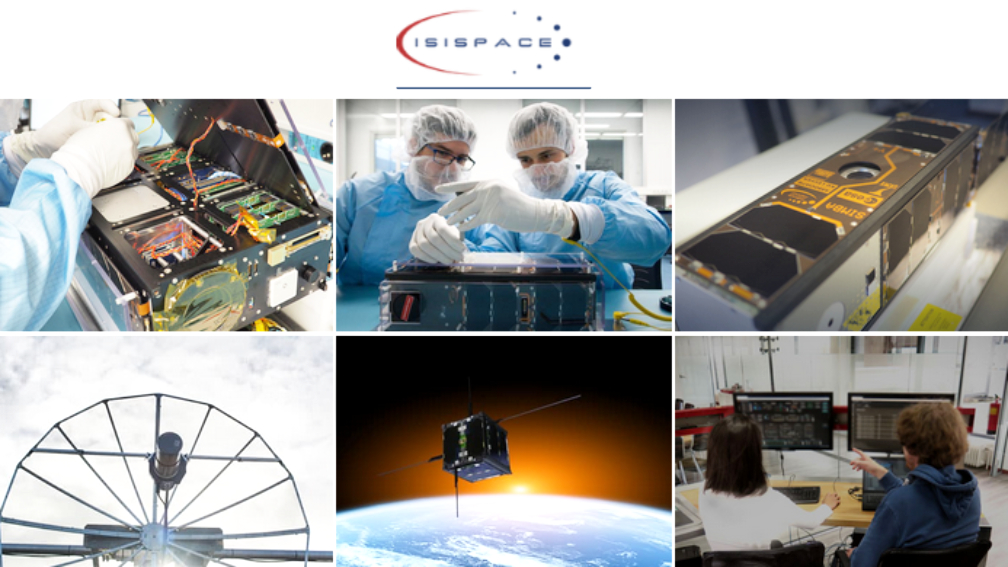
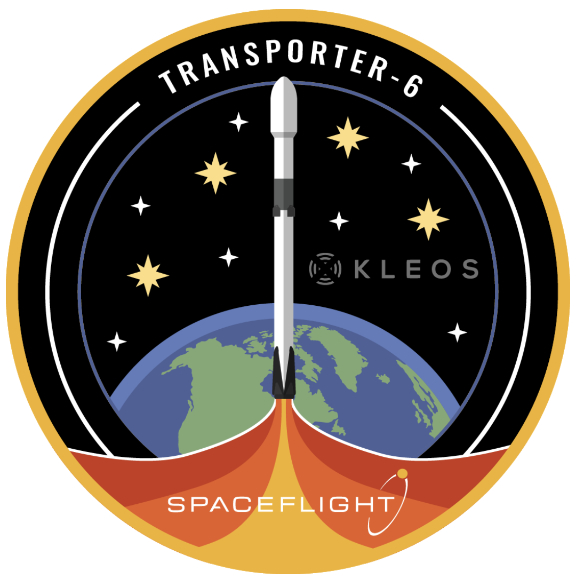
With the Transporter 6 mission, Spaceflight will have completed 10 missions in 2022, including the successful debut launches of the firm’s experimental OTV for hosted payloads, Sherpa-AC, in May, and its chemical propulsion OTV Sherpa-LTC in September.
Spaceflight also worked with several launch vehicle providers in 2022, including SpaceX, Rocket Lab, PSLV/NSIL and Astra, and has signed additional agreements for launches with new vehicle providers, including Firefly, ABL, Rocket Factory and SAB/Vega. In addition, the company helped extend a number of customer constellations, including Kleos, Astrocast and BlackSky among others, and is continuing to expand its OTV capabilities from last-mile delivery to on-orbit servicing.
Earlier this year, Spaceflight celebrated a major milestone — its 50th mission, which flew aboard a Rocket Lab Electron, and the company moved into a new, 39,000 square feet office headquarters and state-of-the-art integration facility space in Bellevue, Washington. In addition, NASA selected Spaceflight to provide launch services for the agency’s Venture-Class Acquisition of Dedicated and Rideshare (VADR) missions.
In 2023, Spaceflight plans to execute 10 to 15 missions and work with more launch vehicle providers to efficiently launch customer payloads to their desired orbital destinations. Spaceflight is also underway preparing the debut of the next variation in its Sherpa OTV program — Sherpa-ES, a higher energy variant with a bipropellant, high delta-V OTV that enables smallsat delivery anywhere in cislunar space.
“In 2022, we executed groundbreaking missions on behalf of our clients, improved customer success and showcased innovation with the expansion and early success of our Sherpa OTV program through our Sherpa-AC and Sherpa-LTC OTV launches,” said Curt Blake, CEO and president of Spaceflight. “This next year, we’re looking forward to further progressing our Sherpa OTV program, executing missions with new launch vehicle providers, and continuing to expand our transportation services beyond LEO.”

